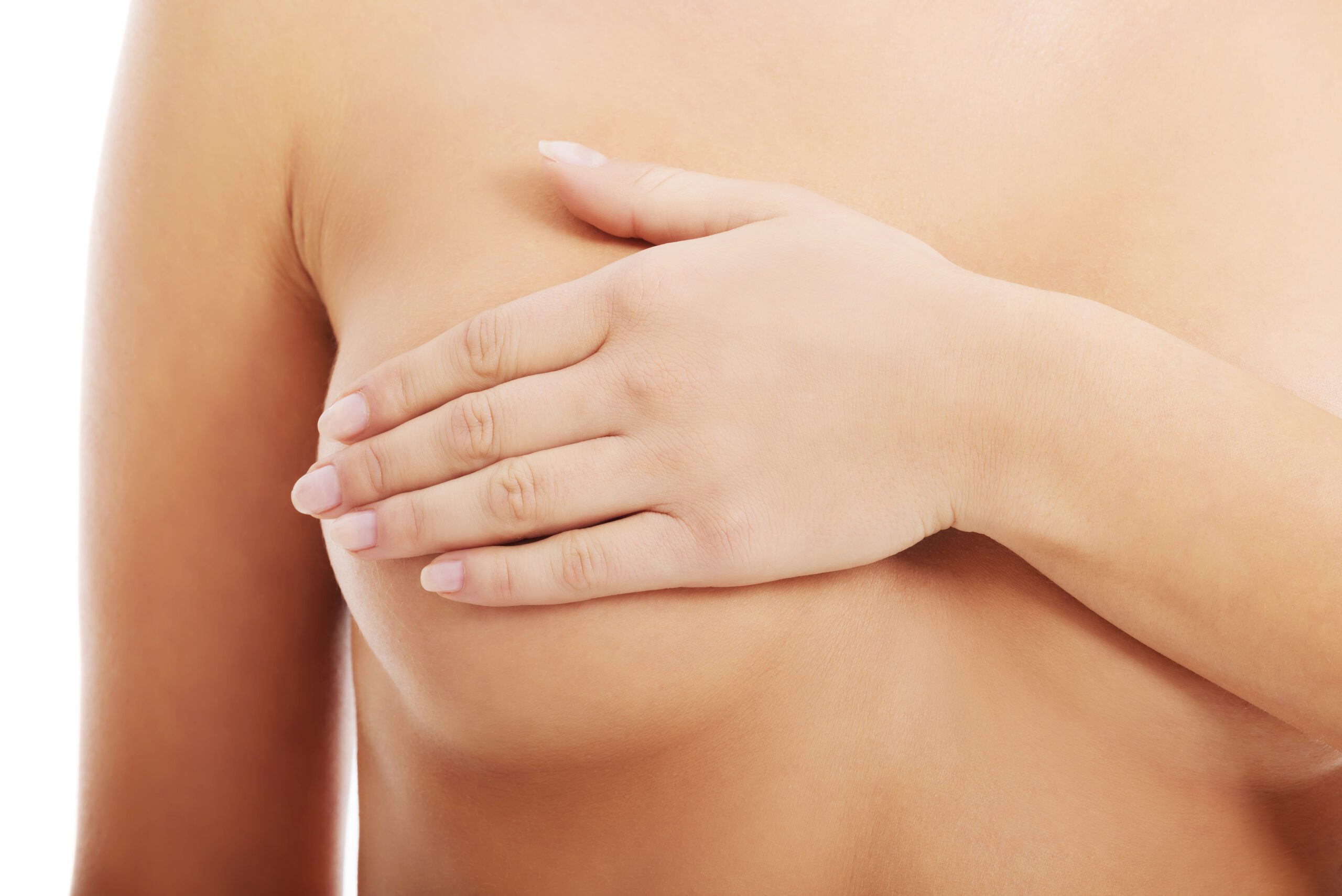
Breast cancer may be the most common cancer, next to skin cancer. There is a 1 in 8 chance that a woman living in the U.S. could develop the disease. While getting mammogram testing doesn’t normally start until age 40, or earlier depending on if you have a family history of breast cancer, it’s always good to do a self-test to make sure everything feels right.
What is Breast Cancer and how does it form?
When breast cancer occurs, cells in the breast become larger and reproduce more rapidly than normal cells in our body. Due to this enlargement, a lump may form somewhere in the breast, often around the nipple or armpit. It’s important to note that, if you ever feel a lump, most lumps are benign and not cancerous at all. Sometimes you may not be able to feel a lump, which is why, after a certain age, getting regular mammogram screenings is vital to your overall health. They can detect if cancer is forming even before you feel symptoms or a lump. There are a variety of places where breast cancer can start:
- The milk ducts that carry milk to the nipple are where most breast cancers form. These are also known as ductal cancers.
- Lobular cancer forms in the glands that produce breast milk.
- Sarcomas and lymphomas are cancers that form in other tissues of the breast or near the breast.
- Other less commonly known breast cancers are phyllodes tumors, found in the connective tissue of the breast, and angiosarcomas, which originate in blood and lymph vessel linings.
Awareness and Prevention
Since breast cancer is the second most common cancer, it is essential that women stay on top of their yearly screenings and monitor their health on a daily basis. Even though breast cancer happens predominately in women, there have been some men who have contracted the disease, but it is rare. Breast cancer, like most cancers, is not preventable. While being aware of your body’s changes, there are some things to keep in mind to help lower the risk of getting breast cancer.
- Healthy weight – If you’re obese, you have a greater chance of developing breast cancer, especially after menopause. Begin in the kitchen by choosing healthier meals to help get you to the recommended weight based on your height and body type.
- Physically active – If you’re not already doing some form of physical activity, start by going for walks, as this is a less impactful way to help you shed pounds.
- Alcohol consumption – Alcohol consumption, even at low levels, can up the risk of getting breast cancer. The best option is to avoid it altogether, but if that doesn’t work, then limit to one alcoholic beverage a day. For beer, 12 ounces, for wine, 5 ounces and for hard liquors, 1.5 ounces.
- Breastfeeding – If you have chosen to breastfeed for at least several months, then you have an added bonus in reducing the risk of getting the disease.
Other factors in lowering your risk are changing your dietary habits, using non-hormonal treatments for menopause, and taking certain vitamins. Always discuss necessary changes in diets, medications and vitamins with your doctor so that you’re getting the best advice when it concerns improving your health.
If Diagnosed with Breast Cancer and Treatments
Finding out that you have breast cancer, or cancer in general, is hard for anyone to deal with. If diagnosed, your doctor will be able to tell what type and stage you have after your biopsy, determine the prognosis, and whether more tests are needed. As hard as the situation may be, take an active approach, listening and asking plenty of questions while your doctor explains your diagnosis.
After the initial diagnosis, your doctor will discuss treatment options and may suggest certain specialists to treat you, based on your specific type. It is important to compare each treatment, as they come with their own possible risks and side effects. Any of the following doctors you choose will know the risks and side effects associated with each, so be sure to ask as many questions as possible.
- General Surgeon or surgical oncologist: treats through surgical means.
- Radiation oncologist: treats using radiation.
- Medical oncologist: treats using chemotherapy and other medications.
- Plastic surgeon: treats by means of surgical repair or reconstruction.
Thankfully, there is an upside to learning you have breast cancer. According to the American Cancer Society, as of January 2020, 3.5 million breast cancer survivors reside in the United States, including those who have completed or are still undergoing treatments. It is also reassuring to know that because this is a common cancer, there are numerous doctors who are skilled and have the experience needed to take exceptional care in treating you.
At Plastic Surgeons of Northern Arizona, our surgeons are here to answer any questions you may have regarding the various reconstructive options available for breast cancer patients. No one should go through breast cancer alone and we’ll be there every step of the way giving support, encouragement, and comfort during this difficult process. If you, or someone you know, are in need of reconstructive surgery after a breast cancer diagnosis, contact us today at (928) 774-2300 or (800) 962-1390 to schedule a consultation at any of our five Northern Arizona locations.




